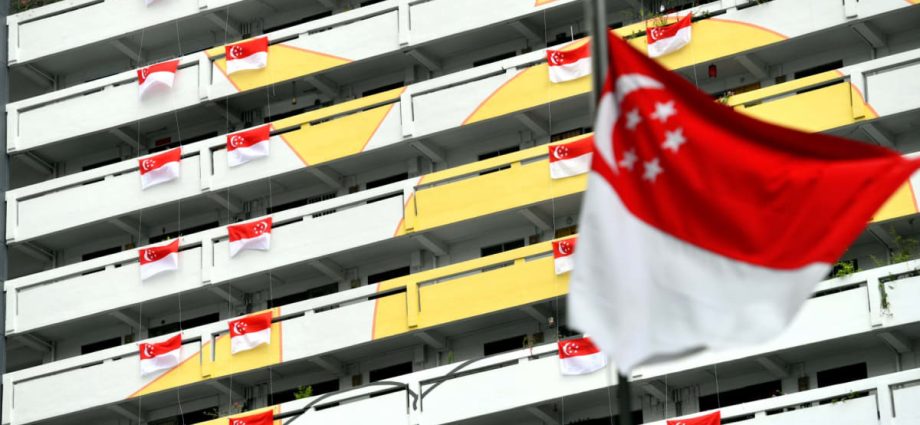
The flag of United Kingdom for instance, combines the crosses of England and Wales, Scotland, and Ireland under one sovereignty. The flag projects a vision of a unity in spite of historical tensions between the regions.
Similarly, the flag of the former Soviet Union depicts a hammer and sickle to represent the interests of workers and peasants, who were once the constituents in the founding of the communist bloc.
The Singapore national flag comprises a crescent moon and five stars. The former signifies a young country, and the latter represents the ideals of Singapore: Democracy, justice, peace, progress and equality. These are the core values that define Singapore citizenship and our social compact.
WHAT NATIONAL FLAGS MEAN TO PEOPLE
National flags can evoke honour and patriotism, but they can also foster nationalist sentiment and prejudicial attitudes.
A 2017 study, published in the Journal of Cross-Cultural Psychology by me and my international colleagues, asked 2,230 university students across 11 countries what concepts they associate their national flags with.
While US respondents linked the American flag with democracy and freedom, they also ascribed less positive attributes such as global power, hegemony and aggression to it – a result of the US’ overseas military operations where the flag is planted on foreign soil.

